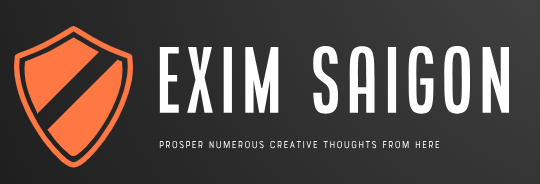
Natural, social, and administrative (ESG) data has become increasingly significant for businesses, investors, and partners seeking to survey an organization’s sustainability and moral practices. In that capacity, protecting sensitive esg reporting software is central to maintaining trust, consistency, and classification.
Data Encryption:
ESG software platforms utilize vigorous encryption strategies to protect data both on the way and very still. Encryption changes sensitive information into an indiscernible arrangement, making it inaccessible to unapproved clients. High-level encryption calculations ensure that data remains secure and unintelligible even if intercepted.
Access Controls and Client Confirmation:
Access controls and client confirmation components limit access to ESG data in light of job-based authorizations. Multifaceted confirmation (MFA) protocols add an additional layer of security by requiring clients to provide various types of checks prior to accessing the platform. This guarantees that the main approved staff can see or change sensitive data.
Job-based authorizations:
Job-based authorizations direct the degree of access conceded to various clients within the software platform. Administrators can define jobs and dole out authorizations in view of occupation obligations and the hierarchical pecking order. This granular control guarantees that individuals only approach the ESG data vital for their particular jobs, minimizing the risk of unapproved access.

Review Trails and Logging:
Exhaustive review trails and logging components are used to track client exercises within the software platform. This includes logging-in endeavors, data alterations, and framework changes. By maintaining nitty-gritty records of client interactions, administrators can monitor for dubious ways of behaving, distinguish security breaks, and follow the wellspring of unapproved access.
Data masking and anonymization:
ESG software platforms might utilize data masking and anonymization methods to protect sensitive information while still allowing for data examination and reporting. Data masking replaces sensitive data with imaginary or clouded values, ensuring that actually recognizable information (PII) remains private.
Customary Security Reviews and Infiltration Testing:
To guarantee the viability of security measures, ESG software platforms go through ordinary security reviews and entrance testing. Outer security specialists lead exhaustive appraisals to distinguish weaknesses and shortcomings in the platform’s guards.
Consistency with Data Protection Guidelines:
ESG software platforms comply with data protection guidelines like the Overall Data Protection Guidelines (GDPR), the California Customer Security Act (CCPA), and other important regulations and industry principles. Consistency structures provide guidelines for the thoughtful handling, storage, and transmission of ESG data, guaranteeing the preservation of protection freedoms and the fulfillment of regulatory requirements.
Continuous Monitoring and Danger Recognition:
High-level security tools and innovations empower continuous monitoring of the ESG software platform for potential security dangers and irregularities. Intrusion location frameworks (IDS), endpoint protection software, and security information and incident management (SIEM) arrangements help recognize and answer security incidents progressively, minimizing the effect of digital dangers.
Protecting sensitive esg reporting software platforms requires a multifaceted methodology encompassing encryption, access controls, job-based consents, review trails, data masking, security reviews, consistency with guidelines, and continuous monitoring. By implementing these security measures, ESG software platforms can defend significant information, maintain data integrity, and fabricate trust with partners.







